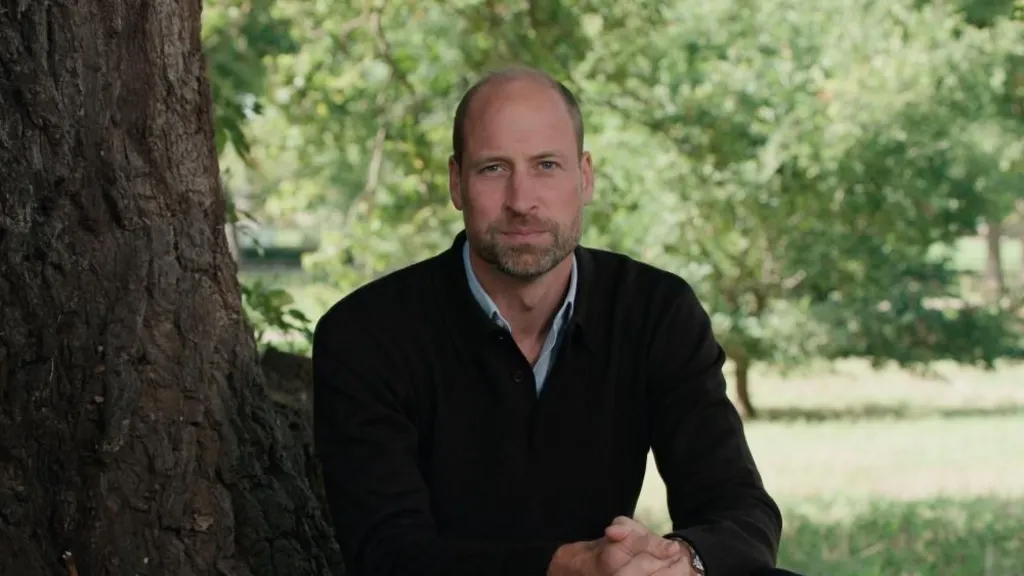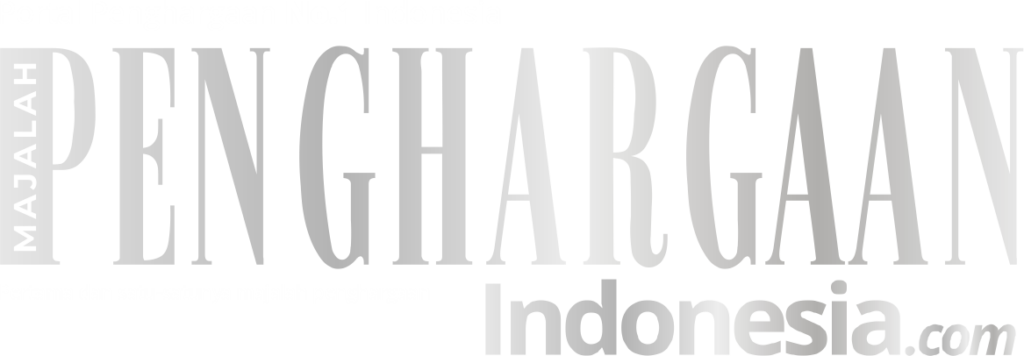Auto insurance costs have surged to unprecedented levels, becoming a significant driver of inflation over the past year. However, economists at Bank of America suggest that relief may soon be on the horizon.
In a detailed analysis, the bank’s economists have identified several key factors behind the recent spike in auto insurance rates, all of which are expected to ease in the coming months. This could alleviate some of the inflationary pressures that have prompted the Federal Reserve to maintain its aggressive stance on combating inflation.
“The turbocharged increases in motor vehicle insurance premiums are a response to underwriting losses in the industry. Insurers saw losses,” explained BofA economist Stephen Juneau in a recent note. He added optimistically, “There are signs that many insurers are getting back to profitability.”
The primary reasons for the insurance industry’s losses, which have subsequently been passed on to consumers in the form of higher premiums, include elevated vehicle prices, increased costs for repairs, and a higher incidence of accidents as driving patterns returned to pre-pandemic levels, Juneau noted.
Fortunately, there are positive developments on these fronts. Recent data from the Bureau of Labor Statistics (BLS) shows that sales prices for new and used vehicles have been trending downward. Over the past year, new vehicle prices have decreased by 0.4%, and used vehicle prices have dropped by 6.9%. Additionally, while the costs for repair and maintenance services remained flat in April, they are still up 7.6% from a year ago.
Despite these encouraging trends, auto insurance costs have continued to climb. In April alone, the category saw a 1.8% monthly increase and a staggering 22.6% year-over-year jump—the largest annual increase since 1979, according to Bank of America.
In the Consumer Price Index (CPI) calculation, auto insurance holds a significant weight of nearly 3%, making it a notable component in overall inflation measures.
“The recent trends likely mean that while your premium may not decrease, the rate of increase should slow,” Juneau suggested.
This mirrors the broader inflation narrative: prices are not necessarily decreasing, but the rate of increase has slowed considerably from the mid-2022 peak when inflation reached its highest level in over four decades. Overall CPI inflation was running at an annual rate of 3.4% in April.
Another important aspect to consider is the Federal Reserve’s primary inflation gauge, which is the Commerce Department’s measure of personal consumption expenditures (PCE). The PCE assigns a smaller weight to auto insurance compared to the CPI, thereby exerting less influence on overall inflation.
If Bank of America’s forecast for a slowdown in insurance price increases proves accurate, it could bolster the Fed’s confidence in the disinflationary process and potentially lead to interest rate cuts later this year. Current market expectations suggest a possible first rate cut in September, with another one potentially following by year-end.
“We believe that further improvement in this area is crucial for the Fed to gain more confidence in the disinflationary process and initiate its rate-cutting cycle,” Juneau concluded. “Until then, we expect the Fed to maintain its current rate stance.” These developments highlight the dynamic nature of economic trends and the interplay between market factors and policy decisions, offering a glimmer of hope for consumers and policymakers alike in the battle against rising costs.









